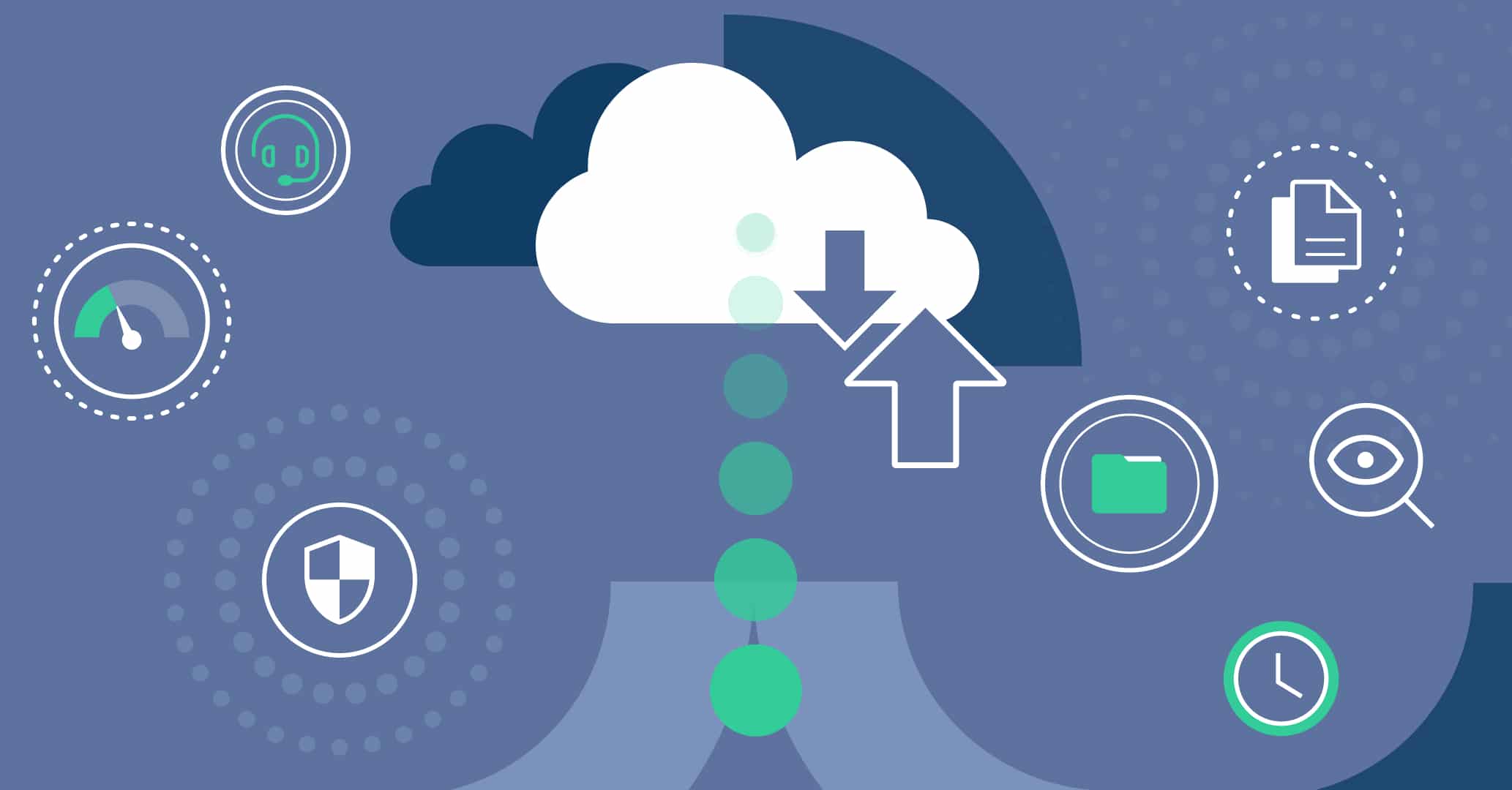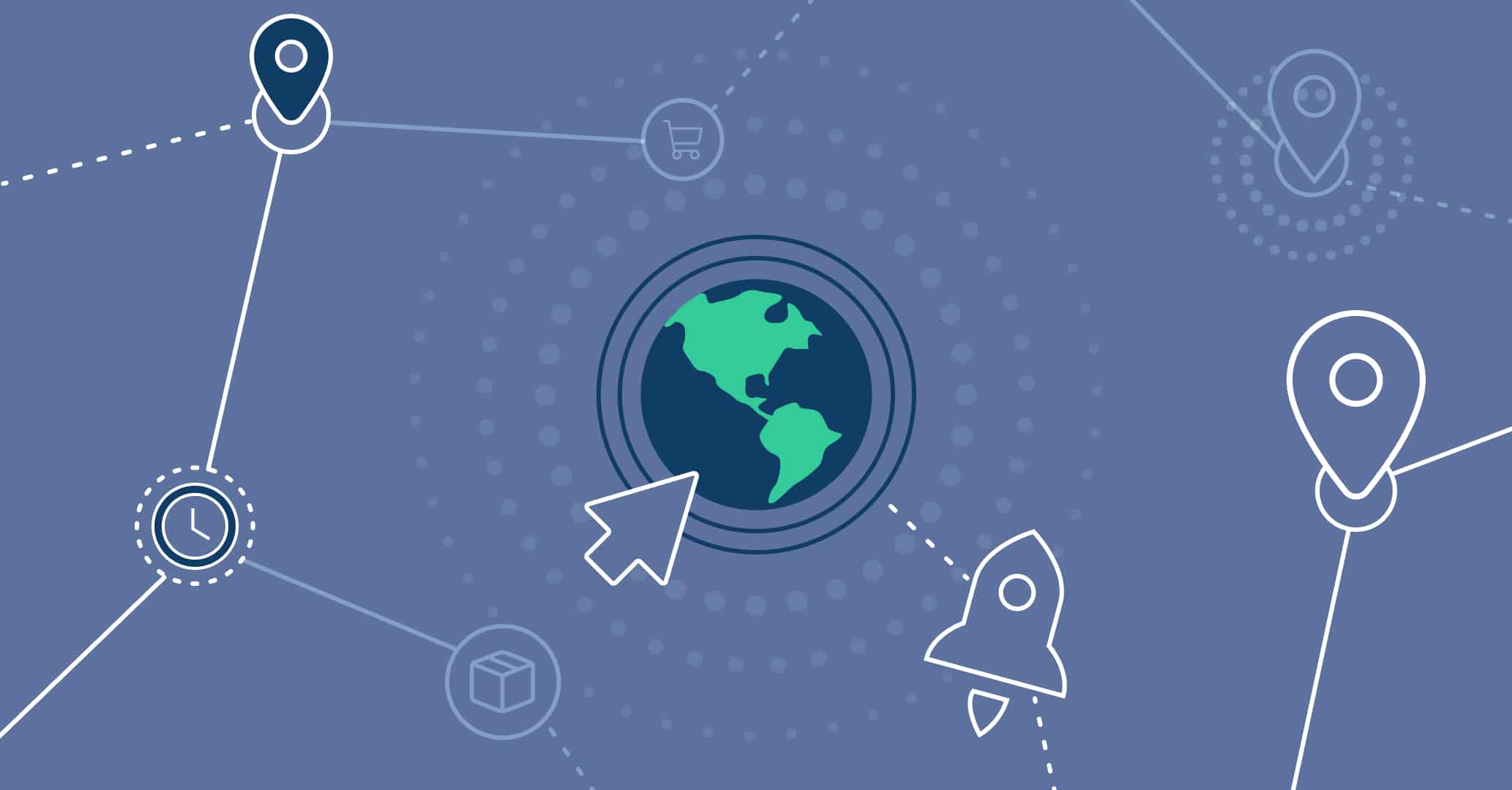- 1. Introduction
- 2. Benefits of automating onboarding, offboarding, and access management with BPM
- 3. Conclusion
Introduction
Employees have user accounts to access various systems within the organization’s ecosystem, such as email, customer relationship management (CRM), file sharing, etc. During an employee’s onboarding process, the user accounts are created for all the servers/systems that an employee needs to fulfill the assigned duties.
Considering the growing security threats to organizations, it is important to define and control access for these users. This ensures that employees only have access to the systems that are related to their job functions. Furthermore, there should be proper monitoring of user activities and timely removal of system access during offboarding.
To streamline onboarding, offboarding, and access management, organizations need a well-structured and automated system. This is where Business Process Management (BPM) systems come into action. A BPM system can streamline and automate all such activities and improve an organization’s security posture. Therefore, this guide will talk deeply about the role of BPM in handling onboarding, offboarding, and access management activities.
Benefits of automating onboarding, offboarding, and access management with BPM
A BPM, or Business Process Management, is a system that enables designing, modeling, executing, automating, and improving business processes. It helps to minimize manual efforts and automate business processes to improve efficiency and productivity.
Talking specifically about onboarding, offboarding, and access management, a properly configured BPM system can streamline and automate most of the activities involved in these processes. To better understand, let’s take a closer look at what benefits BPM offers to organizations, especially related to onboarding/offboarding and access management:
Streamlined user onboarding
Upon successfully completing the selection process, the user onboarding process begins. There are many different areas involved in the onboarding process, such as people and culture, administration, systems, and the respective team.
A BPM system can streamline the whole onboarding process with workflows and automation. Some of the ways BPM can facilitate the user onboarding process are as follows:
Standard workflow
A BPM system helps to organize all the onboarding activities into standardized workflows. This helps to provide consistency in the onboarding process for every new hire and reduces the chances of errors.
Automated duties assignment
During the onboarding process, there are different departments and members involved, such as HR, finance, IT, etc. A BPM system can automate the task assignment to relevant team members or departments, such as creating user accounts, setting payroll, arranging hardware, etc.
Timely access to servers and systems
Since a new hire requires multiple user accounts to access the organization’s servers and systems, a BPM system can automate the account creation process based on a predefined role-based access framework and give timely access to relevant servers/systems.
Digitized documentation
A BPM system can effectively organize all the paperwork and documentation involved in the onboarding process. It can integrate with the HR system to pull employee data, fill out essential internal/regulatory documents, and send essential documents to the new hire for filing/signing.
Training management
A BPM system can streamline the training of the new hire. It can schedule orientation and training sessions or send relevant materials as per a predefined workflow. This helps to expedite the process of making the new hire adjust to the organization’s ecosystem.
Automated notifications and tracking
A BPM system can send necessary notifications to the relevant parties about the new hire. In addition, it provides a central place for the management and the hire to track the status of the onboarding process.
In short, a BPM system standardizes and automates the whole onboarding process and reduces many manual activities, especially the process of creating user accounts and giving timely access to servers/systems. This eventually leads to improved productivity, efficiency, and the best experience for new hires.
Effective auditability and monitoring of processes
With a BPM system, an organization can standardize its onboarding, access management, and other processes. After that, the BPM system provides a centralized and effective way to audit and monitor processes.
How BPM can facilitate audit and monitoring is evident from the below points:
- Proper access management overview: A BPM system provides a comprehensive view of the whole access management process. This helps higher management to monitor the access management framework across the organization, find loopholes, and optimize it.
- Comprehensive access-related audit trail: A BPM system maintains a proper audit trail of all access-related activities. This can include information about user account creations, changes, deletions, etc. It can also log and track user activities related to access management.
- Real-time activity monitoring: A BPM system provides real-time monitoring of user activities. It can keep track of user logins, user permission levels, who is accessing sensitive information, etc.
- Automated alerts: A BPM system, like Qflow, can provide automated alerts of almost any kind. It can alert when a specified event occurs, such as an unauthorized access request, failed access attempt, or suspicious user activity. These alerts help in taking timely action.
- Generate analytical reports: A BPM system can generate customized analytical reports about user access reviews, audit insights, and similar other details. This helps in making better decisions and ensures internal and regulatory compliance.
Overall, a BPM system not only standardizes processes but also allows proper audits and monitoring of the processes. This is extremely beneficial for organizations in today’s security-concerned era.
User provisioning in various systems
User provisioning is an important process of setting up and managing user accounts and access privileges. It includes many activities like creating user accounts for different systems, setting up the right access and permissions, changing access when required, etc.
Mostly, there is a dedicated person who creates user accounts in different systems and handles the rest of the activities. However, a BPM system can automate many activities around user provisioning.
First, it can automate the process of creating user accounts in systems where the process can be done autonomously, such as cloud-based services. Secondly, it can provide a centralized user management system from where the rest of the activities related to access/permissions are easily manageable. Simply put, a BPM system, like Qflow, simplifies and automates user provisioning.
Simplified access request and user offboarding processes
Often, employees have to struggle with access requests due to the time-consuming manual process of requesting and then waiting for the approvals. A BPM system can be configured to simplify the access request as follows:
- It can provide a self-service portal from where employees can easily send access requests.
- The request can automatically be routed to the relevant team member or department.
- If the request requires approval from supervisors, the BPM system can help send notifications to them.
- It can provide continuous status updates of the request to employees to keep them informed until the request is approved/rejected.
This way, a BPM system simplifies the access request and makes the whole process structured and transparent. Besides that, a BPM system can also facilitate the employee offboarding process. It can automatically revoke access to organization servers and systems. Moreover, it can automatically assign offboarding tasks to relevant team members and departments. This way, the whole offboarding process gets standardized and provides a transparent and satisfactory experience.
Conclusion
The global digitalization wave requires organizations to opt for modernized solutions to automate their crucial and sensitive processes. That’s what we have seen BPM systems offer. A well-configured BPM system can streamline and automate every stage of onboarding, access management, and offboarding. This way, an organization can have more standardized processes, better transparency, improved efficiency, and enhanced security. Therefore, it’s time to leverage the potential of BPM tools, like Qflow, and automate your crucial processes.






